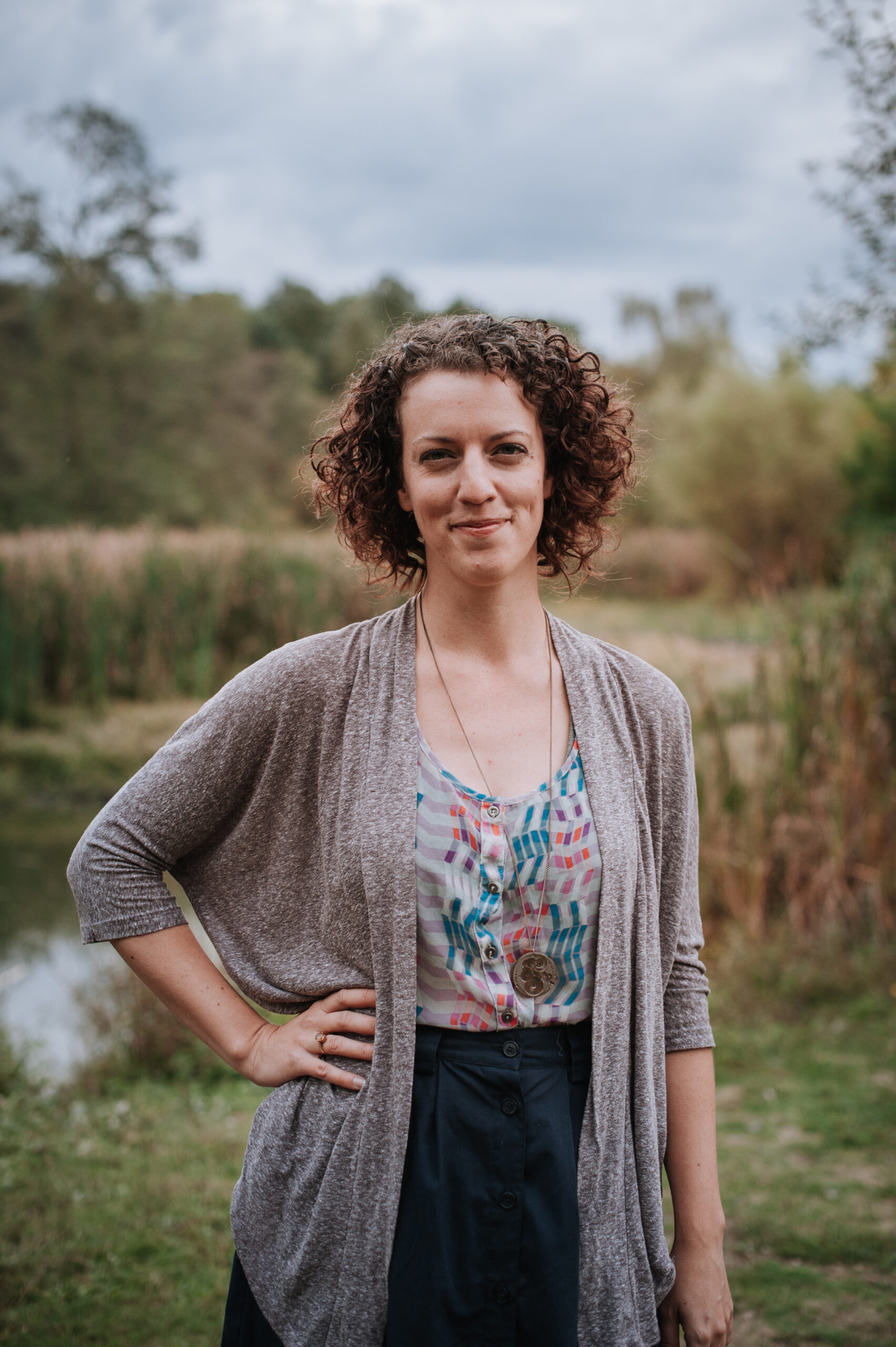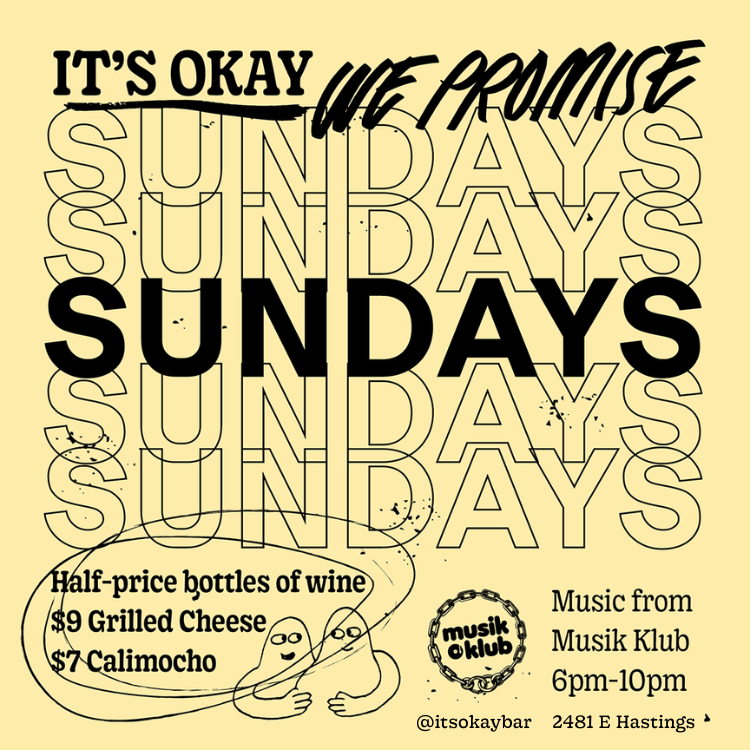Feature photo by Reznek Creative. Featuring (L-R): Angie Descalzi, Alen Dominguez, Christine Quintana, Pedro Chamale, Sindy Angel, Alexandra Lainfiesta, Carmen Aguirre.
By Andrea Loewen
@ms.andreajoy
This month, Vancouver will be home to something brand new: Western Canada’s first international conference for Latinx theatre artists, Coyuntura, as well as the official launch of the Canadian Latinx Theatre Artist Coalition (CALTAC).
While the goals of CALTAC and Coyuntura are specifically around Latinx identity in the Canadian theatre scene, it’s not just for theatre people. The fact of the matter is that not only is Coyuntura the perfect place for anyone to explore questions of identity and dialogue, but CALTAC represents an excellent case study in grassroots, community-based resistance.
Step One: Encounter a problem you can’t bear any longer.
For the founding members of CALTAC (theatre artists Carmen Aguirre, Sindy Angel, Pedro Chamale, Angie Descalzi, Alen Dominguez, Alexandra Lainfiesta, and Christine Quintana), the catalyst was a local production of a play called The Motherfucker with the Hat by Stephen Adly Guirgis. The play has a cast of five, three of which are Latinx–specifically Puerto Ricans living in New York City, but only one Latinx actor was cast.
“That company didn’t cast Latinx actors in the lead roles for that production, and they only cast a Latinx actor in the secondary role after the non-Latinx actor playing the part dropped out,” says Carmen Aguirre. “And that was not an isolated event, right? That was the icing on the cake of many instances like that over the years that finally made us go, ‘You know what, we should organize ourselves.’”
The issue of casting white actors to depict people of colour is not even remotely isolated to this production, or to the theatre industry as a whole. As the countless articles about white Hollywood actors playing people of colour show, this is a systemic problem that happens across industries, regardless of budgets or time constraints. The difference this time, however, is that the co-founders of CALTAC decided they were done with being erased.
So the first question from CALTAC to apply to your resistance is what oppressions are you sick of witnessing, taking part in, or being held under?
Step Two: Find a community.
“For a lone actor to go and confront and ask questions is terrifying,” says Aguirre. “It’s very easy to label that actor as a sour grapes actor who didn’t get the part and that’s why they’re upset… So we thought if we got together as an organization we could confront, as well, for actors that need it.”
For Sindy Angel, this sense of community was a big part of her motivation to join this group.
“That’s part of being from Latin America, from my experience,” says Angel, “I am used to collectiveness and standing in solidarity with each other. Standing in individualism isn’t really a part of Latinx culture. If I can generalize about Latinx people, we tend not to be very individualistic. So organizing and being a part of a community is essential.”
The next step in your quest to fight injustice? Community. If you can’t find one that already exists around your issue, then it’s time to bring people together. As the co-founders of CALTAC demonstrated, this can be the crucial difference between doing something and staying silent.
Step Three: Break the problem down and make a practical plan.
Most problems we face are bigger than just one incident; they are part of larger systems of oppression and dominance. Such is the case for Latinx erasure in Canadian theatre. The members of CALTAC could easily have shot off a few angry social media posts and given up at the scope of it all, but instead they broke the problem down and found a tangible action.
In this case, theatre companies kept saying that they wanted to hire Latinx artists, but that they didn’t know where to find them. This was an issue that CALTAC could tackle. They decided to start by building a database of Latinx theatre artists across Canada.
“We want to be like, ‘Here you go, there is a database for you to look [at]’ and so that there’s no excuse anymore that we couldn’t find any Latinx actors,” says Angel.
They could have quietly created the database, emailed it out, and moved on, but there was another problem: the overall invisibility of the Latinx community in Canada. So why not launch the whole thing with an international conference?
The conference, scheduled to coincide with the opening of Aguirre’s new play Anywhere But Here, the first all-Latinx Canadian premiere to be featured on a civic theatre mainstage in Canada, is open to everyone, from Latinx theatre artists to non-artists, non-Latinx allies interested in questions of identity, politics, or social change. Talks will include topics such as “What is Latinidad?” and exploring what it means to be Indigenous to the land known as Latin America. There will also be a variety of workshops.
For you and your community, then, what is the issue you are trying to solve? The overall problem may be a giant, interconnected mess of power, violence, and greed, but is there something tangible? Something that can be addressed through a concrete action, product, or event?
Step Four: Celebrate, evaluate, and keep going.
The conference hasn’t happened yet and the database has not been launched, so this is where the case study ends. However, Aguirre has already made some plans for what might happen next: “we are definitely going to have a retreat.”
This retreat will give them an opportunity to not only relax together, but to evaluate how things went, ask further questions, and continue to move forward.
“We are here to serve the national theatre community,” she says, offering an attitude of collaboration, caring, and hope that is exciting to see in a resistance movement of any kind.
You can learn more or buy tickets for Coyuntura on their Eventbrite and visit CALTAC’s website for information about their work.




